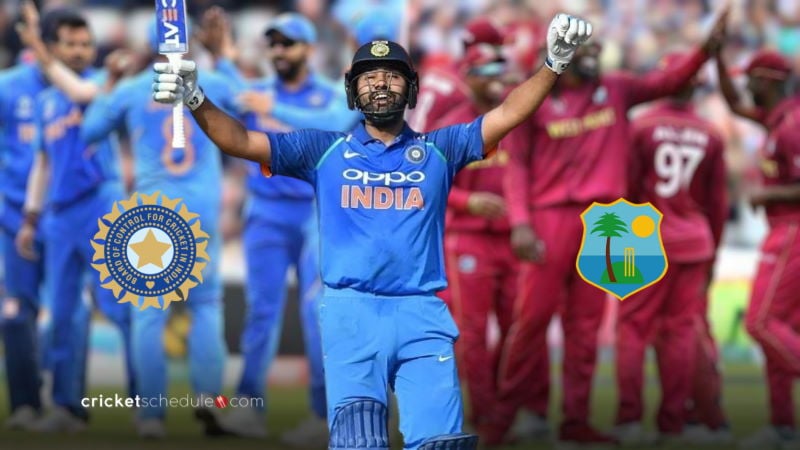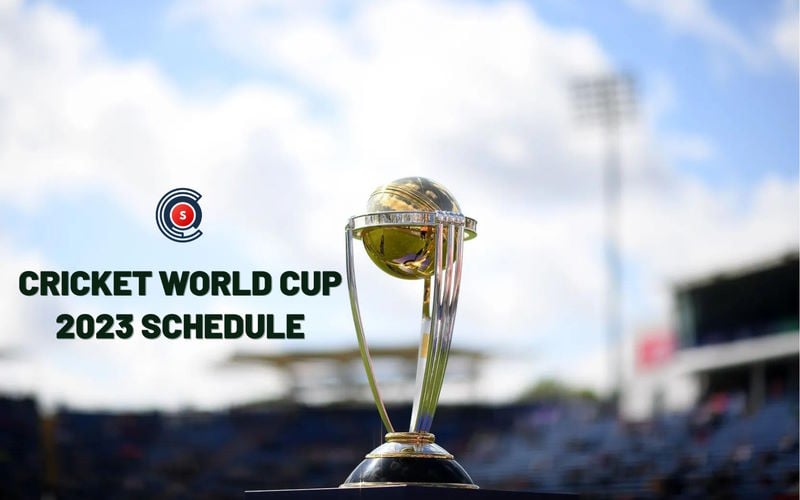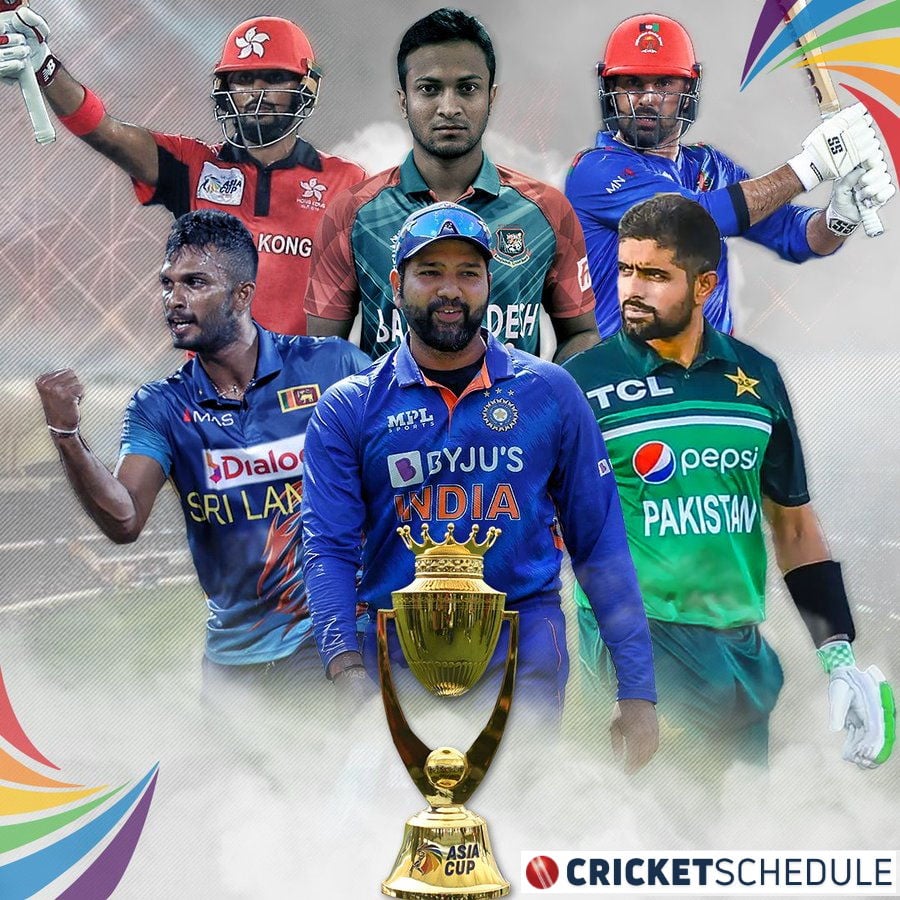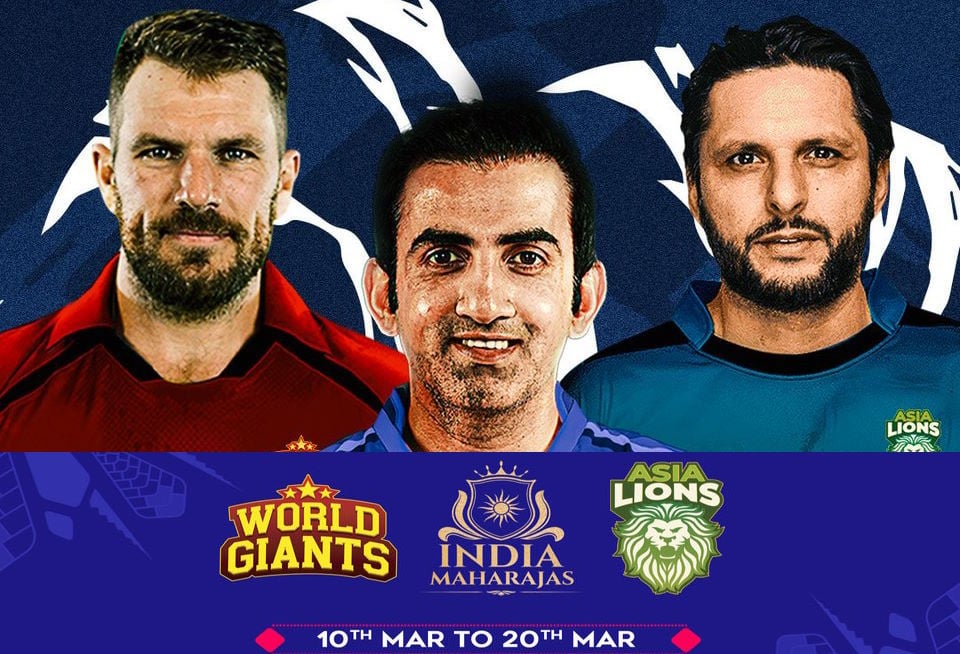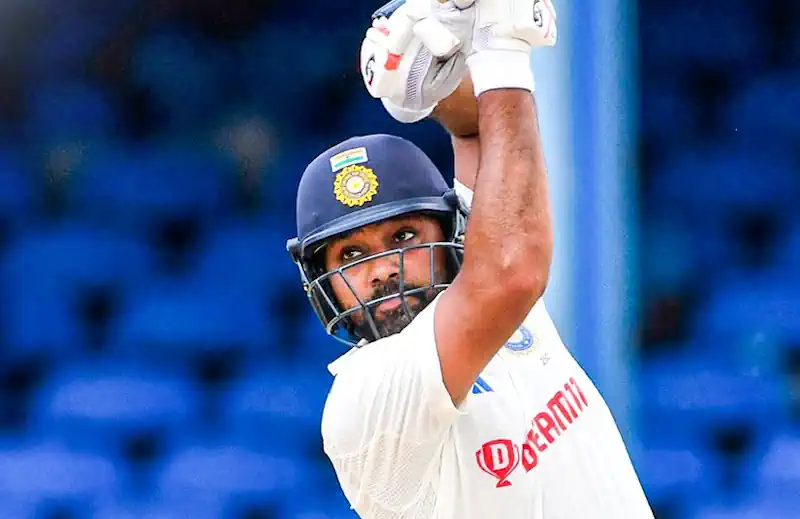
Indian skipper Rohit Sharma is set to return to the middle order in the pink-ball day-night Test against Australia at Adelaide Oval on Friday. The decision comes as India opts to retain KL Rahul and Yashasvi Jaiswal as the opening pair after their stellar double-century partnership in the Perth Test, showcasing impeccable new-ball handling and classic Test-match batsmanship.
India enters the second Test with confidence following a dominant 295-run victory in Perth, while Australia aims to bounce back after their disappointing performance. Rohit’s role in the middle order will be pivotal as the team seeks to bury memories of their infamous 36-all-out collapse in the 2020 Adelaide pink-ball Test.
ALSO READ
Before becoming India’s regular opener in 2019, Rohit played extensively in the middle order. From 2013 to 2019, he featured in 25 Tests and 41 innings at positions five and six, scoring 1,474 runs at an average of 43.35. His stint at number six was particularly successful, with 1,037 runs in 25 innings at an impressive average of 54.57, including three centuries and six fifties. His highest score, 177, also came during this period.
Known for his ability to attack the older ball, Rohit maintained a strike rate of 60.71 at number six. However, batting in the middle order also brings challenges, particularly the risk of facing the second new ball later in the innings.
Also See: India and Australia Schedule, Series Upcoming Matches, Match Dates and Timing
Since transitioning to the opener’s role in 2019, Rohit has been one of India’s top performers in Test cricket. In 42 Tests as an opener, he has amassed 2,685 runs at an average of 44.01, with nine centuries and eight fifties, including a career-best 212. He has also been India’s highest run-scorer in the ICC World Test Championship, ranking eighth overall.
However, Rohit’s recent form has been underwhelming. In five Tests against Bangladesh and New Zealand, he managed just 133 runs in 10 innings at an average of 13.30, with a top score of 52. His home season scores were: 6, 5, 23, 8, 2, 52, 0, 8, 18, and 11.
Rohit’s decision to bat in the middle order reflects his selfless approach. During the pre-match press conference, Rohit explained his rationale for keeping KL Rahul and Yashasvi Jaiswal as openers. “KL will be opening the batting; I’ll bat somewhere in the middle. Looking at this one Test match, those two guys batted brilliantly. I was at home with my newborn watching KL’s innings, and it was brilliant to see. There was no need to disrupt that now,” he said.
He added, “While personally it’s not an easy decision, it made a lot of sense for the team. We want results, and KL’s performance outside India, combined with his partnership with Jaiswal, gives us the best chance.”
Batting in the middle order could provide Rohit the opportunity to regain confidence and form by facing the older ball. With India’s World Test Championship (WTC) final hopes hinging on every match, Rohit’s contributions will be crucial. Known for his ability to bounce back with a single knock, fans and teammates alike are hopeful that this change will reignite his batting prowess.
Also See: India Cricket Schedule | Australia Cricket Schedule
Australia squad (for second Test): Pat Cummins (c), Sean Abbott, Scott Boland, Alex Carey (wk), Brendan Doggett, Josh Hazlewood, Travis Head, Josh Inglis, Usman Khawaja, Marnus Labuschagne, Nathan Lyon, Mitch Marsh, Nathan McSweeney, Steve Smith, Mitchell Starc, Beau Webster
India squad: Rohit Sharma (c), Jasprit Bumrah (vc), Yashasvi Jaiswal, KL Rahul, Abhimanyu Easwaran, Devdutt Padikkal, Shubman Gill, Virat Kohli, Rishabh Pant, Sarfaraz Khan, Dhruv Jurel, Ravichandran Ashwin, Ravindra Jadeja, Mohammed Siraj, Akash Deep, Prasidh Krishna, Harshit Rana, Nitish Kumar Reddy, Washington Sundar. Reserves: Mukesh Kumar, Navdeep Saini, Khaleel Ahmed, Yash Dayal.




